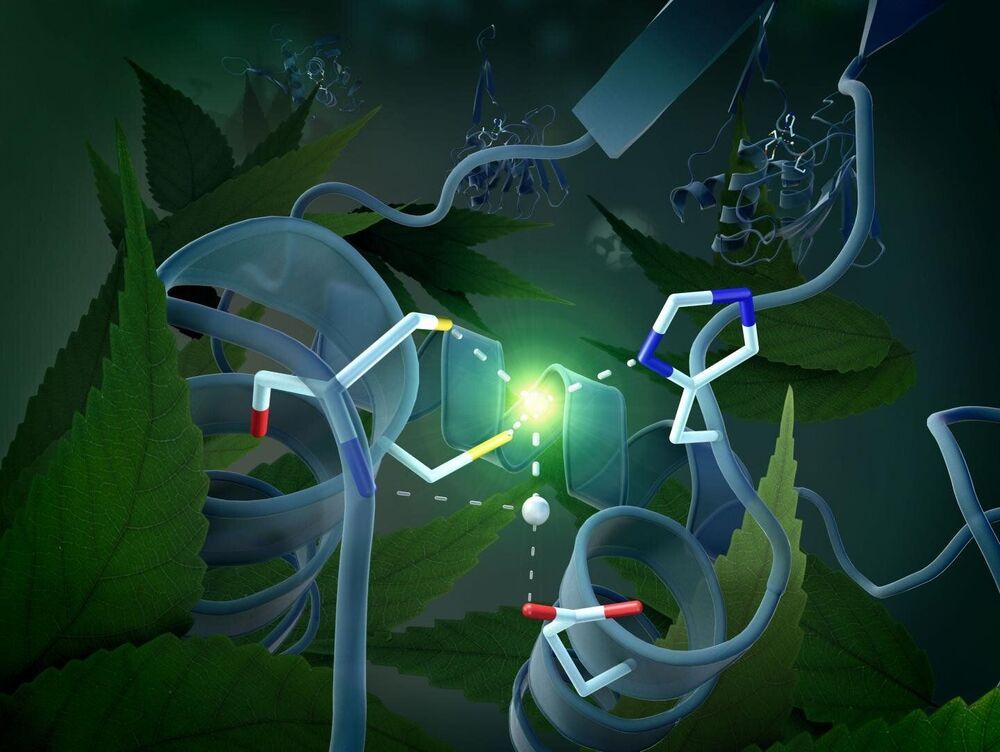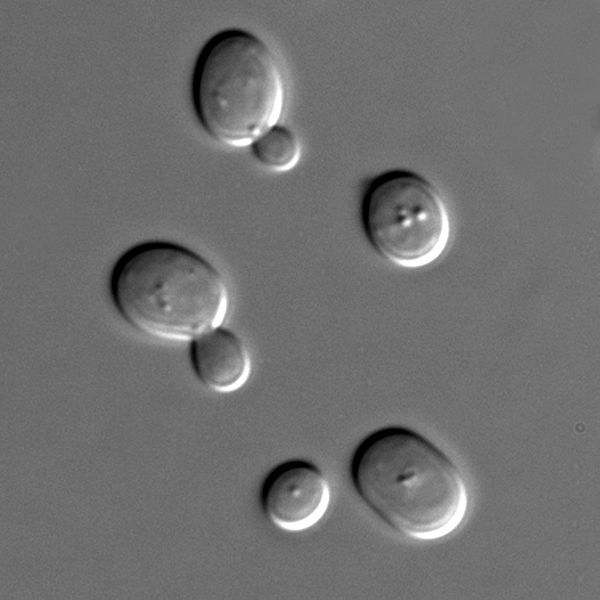Jun 25, 2021
No lab required: New technology can diagnose infections in minutes
Posted by Jason Blain in categories: bioengineering, biotech/medical, chemistry
I am waiting for tricorders.
The idea of visiting the doctor’s office with symptoms of an illness and leaving with a scientifically confirmed diagnosis is much closer to reality because of new technology developed by researchers at McMaster University.
Engineering, biochemistry and medical researchers from across campus have combined their skills to create a hand-held rapid test for bacterial infections that can produce accurate, reliable results in less than an hour, eliminating the need to send samples to a lab.
Continue reading “No lab required: New technology can diagnose infections in minutes” »


















